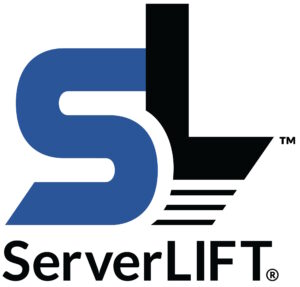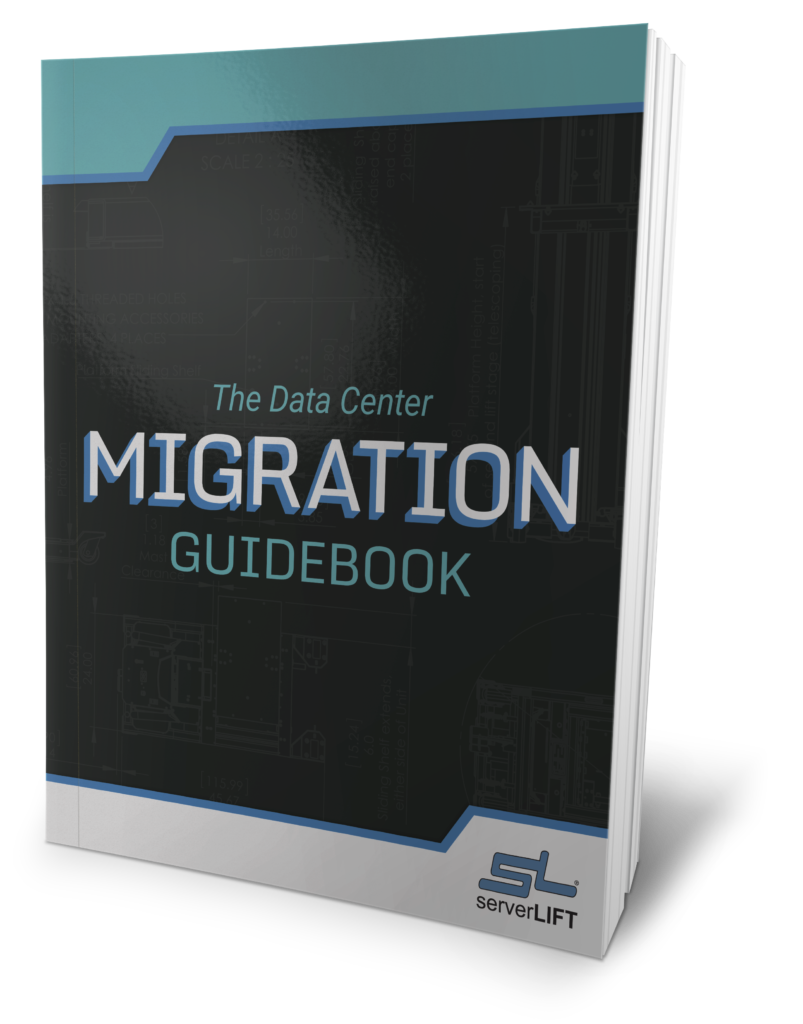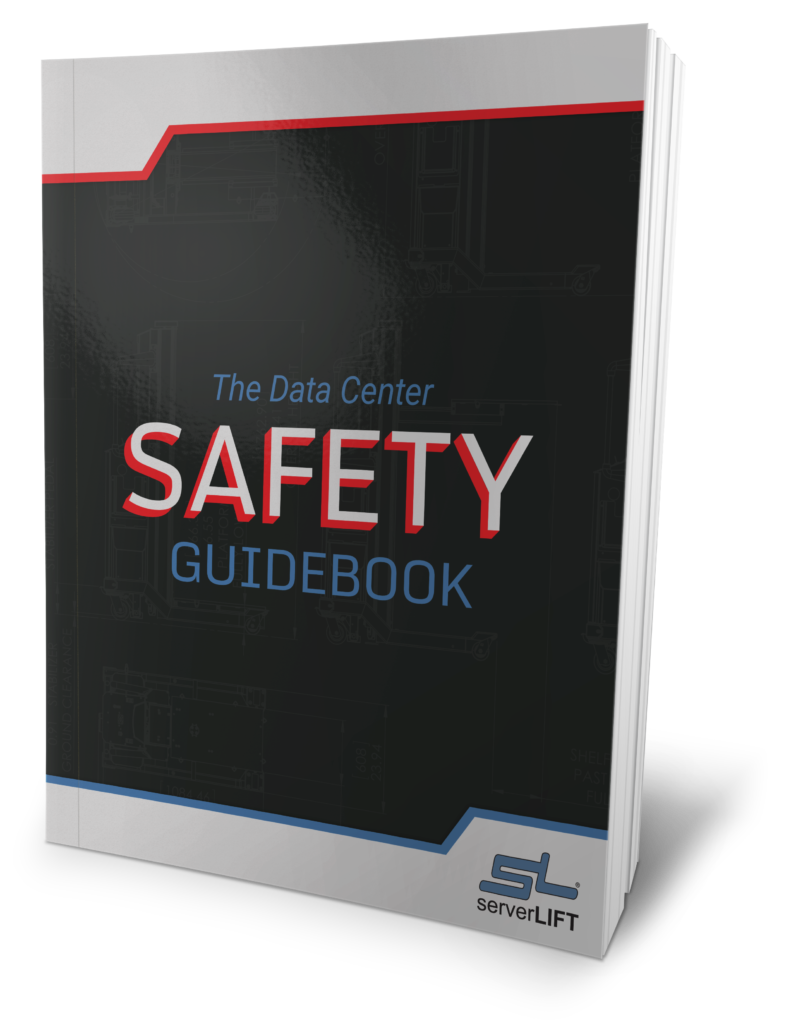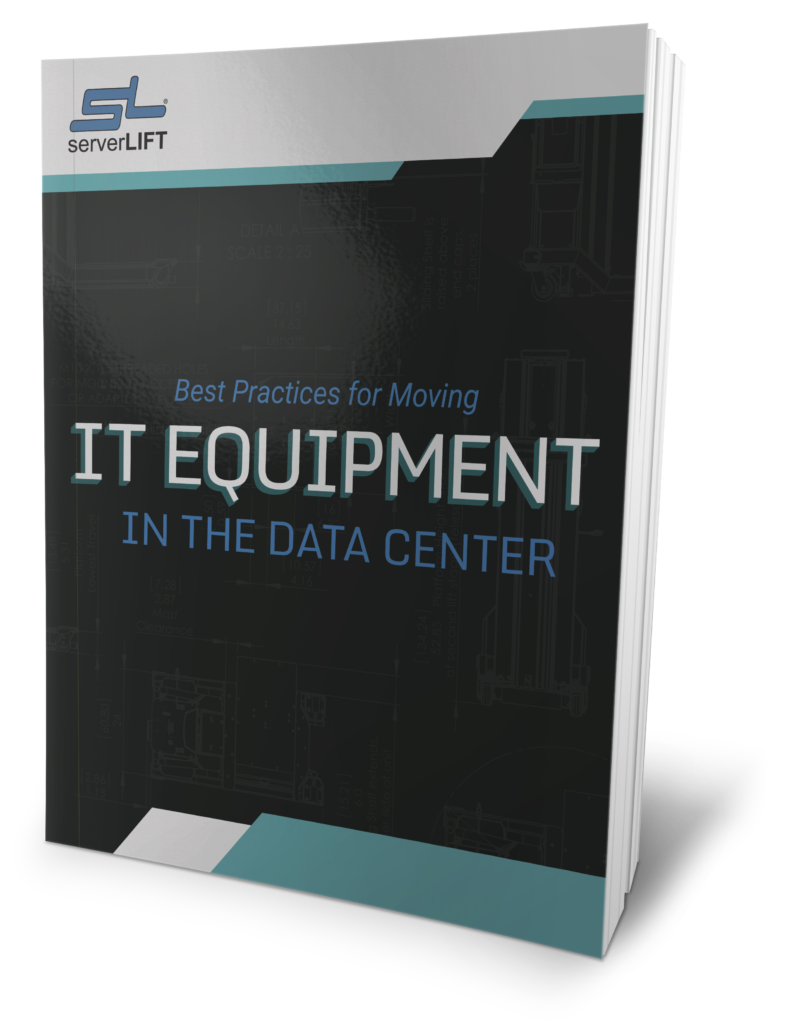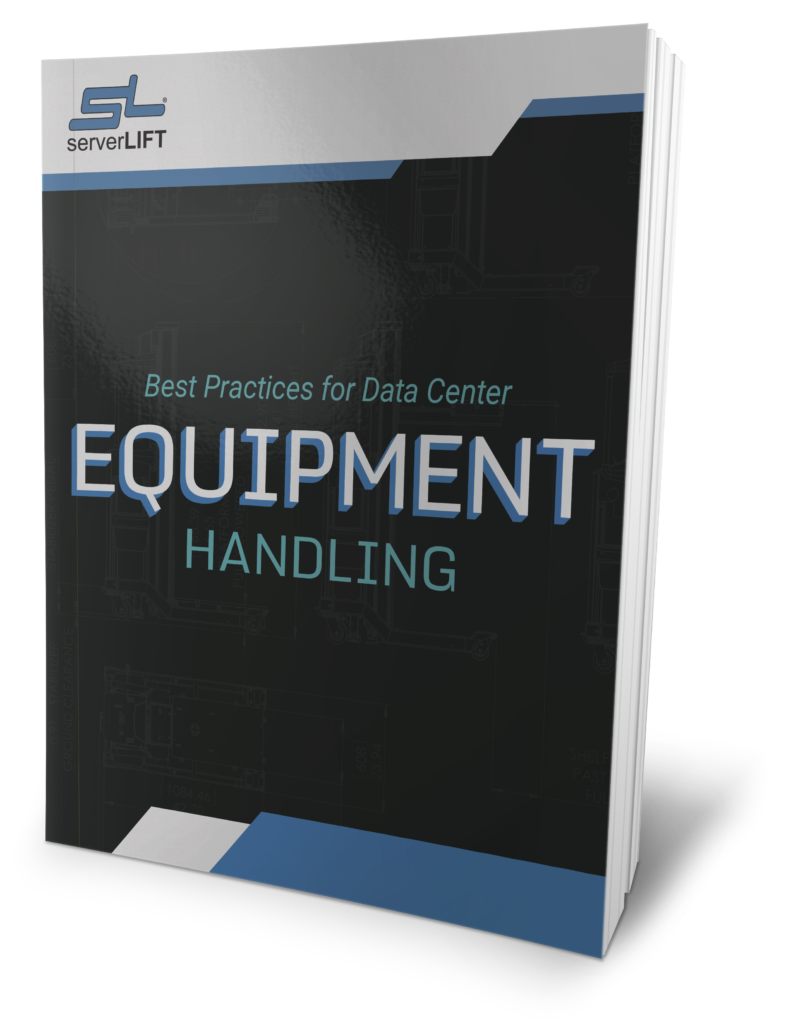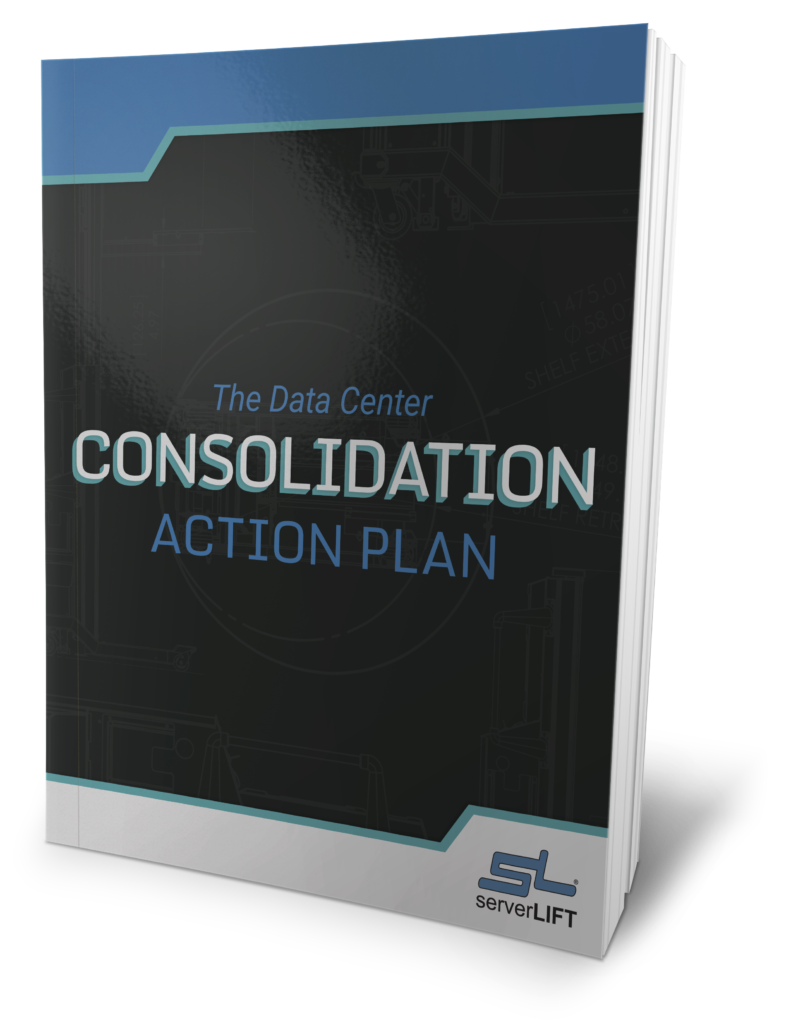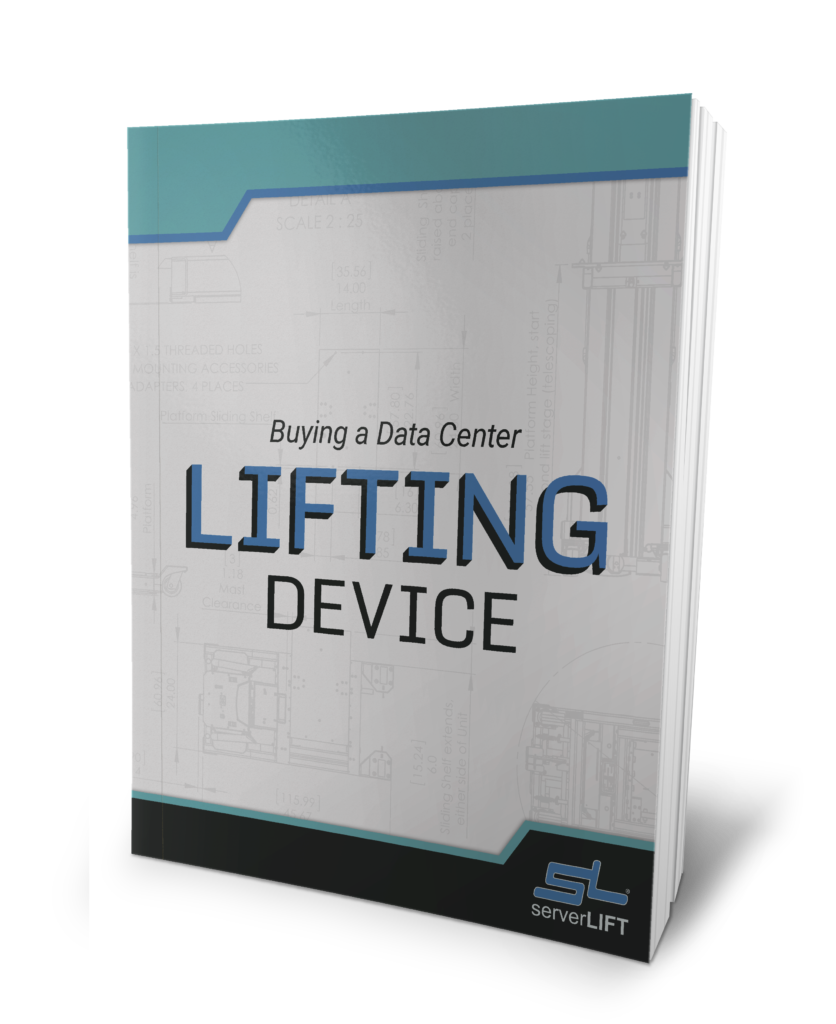Colocation facilities offer a myriad of benefits for companies looking for the appropriate data center hosting partner. Recently, we discussed the growing popularity of the colo facility model and its five primary advantages. Potential customers seek out colo partnerships to maximize their ROI and focus on their core competencies. As the colocation market grows, amenities in particular are becoming increasingly important. They offer one way to differentiate between one colo facility and the next.
“Colocation centers—whether they are a retail colocation facility or a wholesale colocation facility—are real estate companies. They provide space and other elements you can commonly expect, such as air conditioning, multiple internet and fiber optic providers, and managed services. What they are renting out is access to all of this. These elements are the basics.” – Ray Zuckerman, Chairman & CEO, ServerLIFT®
So far, despite a recession and the global COVID-19 pandemic, we see no effects of economic downturn manifesting themselves within the data center industry. As the market grows, so does the colo competition.
How can facility owners and managers stand out effectively? We spoke with Chairman & CEO of ServerLIFT® Ray Zuckerman and Flexential Regional VP of Sales Bill Cory to get some insight into the benefits of placing a data center lift in your colocation facility. It offers clear advantages in helping your operation to stand out from the competition.
The Ultimate Amenity: A Purpose-built Data Center Lift
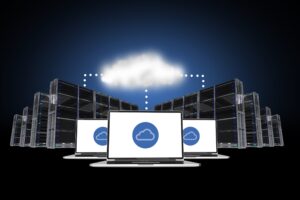
A data center lift or manual server handling lift is a device designed specifically to work with IT equipment. Warehouse lifts, carts, and other devices fall short. “What differentiates one colo facility from another? It is how they interact, and what they provide for their customers. How easy is it for their customers to work with them and work within their environment?” asks Zuckerman.
“If our customers don’t have access to a proper lift, everything is going to take longer to get done. We want to make it as easy for them as possible to continue bringing that gear in and doing what they need to do,” notes Cory. Without a lift designed for the data center, clients cannot easily transport, install, or remove servers. What impact does that have on customer service?
A data center lift is an ultimate amenity because it improves both customer recruitment and retention. A lift allows for proper social distancing and physical support while lifting anything weighing more than 30-50 pounds (13.6-22.6 kg). Client property can be moved and projects completed on time or ahead of schedule.
The truth: any alternatives, including having customers lift their IT equipment by hand, are wildly unsafe and risky. A DC lift is also a long-term investment, increasing its value.
Prevention is the Best Medicine
Safety first; there is no substitution for a data center lift due to the nature of IT servers and other pieces. “It’s going to save time, injury, speed of deployment, and you won’t damage equipment (and this is expensive equipment),” says Cory.
IT equipment (servers and other hardware) has:
- Sharp edges
- Poorly aligned locking mechanisms
- Easy-to-bend, delicate, and easily damaged components
Equipment must be manipulated in a challenging environment which includes:
- Tight aisles
- Power, cooling, and network cabling everywhere
- Racks with high and low positions—down to the floor and as high as 42U – 60U (6.1- 8.75 ft, 1.8669 – 2.67m)
- Raised and perforated flooring
- Constant noise levels capable of auditory impairment
- Electrical wiring and high voltage
Knowing all of the above, does using anything other than a high-quality data center lift make good sense? “In a higher-tier data center, you cannot hand the keys over to a new client and simply say, ‘Best of luck!’ They need the proper tools to do the work,” says Zuckerman.
Attracting High-Caliber, Bigger, Better Clientele
Choosing a colocation facility is primarily about cost savings. “At the most basic-level of colo center engagement, customers say, ‘Give me 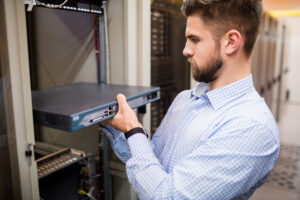 space and standard services. Leave me alone, and I’ll take care of everything,’” states Zuckerman. Separated into four tiers, higher-tier facilities attract larger enterprise corporations.
space and standard services. Leave me alone, and I’ll take care of everything,’” states Zuckerman. Separated into four tiers, higher-tier facilities attract larger enterprise corporations.
A tier 1 facility will support small businesses and experience an average of just over a day of downtime every year. A tier 4 facility has 99.995 percent uptime per year and a 2N+1 fully redundant infrastructure.
“The size of the customer has really driven the need to have data center lifts available,” says Cory. He is referring both to the caliber of the client and the sheer physical size of their needs. For example: “Our customer with the largest racks has 60U racks, so they’re a good two and a half feet taller than a typical rack. They’ve got ladders to get up there, but there’s no way someone is going to lift a server up there with their hands. Having a lift with the capability of going that high is key.”
Creating the Colo of the Future
Running colocation facilities and maintaining the budget is always a challenge. Part of your spending is on future-facing resources such as adequate preparation for maintenance, reconfiguration, and expansion. These things can sneak up on you!
 Now, what about handling clients coming in with newer, heavier equipment? Or taller racks? “Some of the new equipment that is being released and being manufactured is unbelievably powerful in its capabilities—and I’m thinking of GPU servers right now—and these GPU servers are huge and heavy,” says Cory.
Now, what about handling clients coming in with newer, heavier equipment? Or taller racks? “Some of the new equipment that is being released and being manufactured is unbelievably powerful in its capabilities—and I’m thinking of GPU servers right now—and these GPU servers are huge and heavy,” says Cory.
These servers don’t just consume extensive resources and put out significant amounts of heat. They are also impossible to lift by hand without risking extensive damage. “As things like AI, machine learning, and deep learning become more and more common, the ability to physically deploy these things will require something such as a ServerLIFT® device,” says Cory.
“Other than location, the difference between one colocation facility and another may be how well the customer is treated and how easy it is for them to work in the environment provided. To get ahead of the competition, the key is to consider what comes next. A data center lift makes everyone’s lives easier,” says Zuckerman.
The Best Option For Your Colo
A ServerLIFT® data center lift can handle up to 1,000 pounds (454 kg) of weight, depending on the model. It is custom-designed for moving equipment in data centers. Keeping one (or more) in each of your colocation facilities sends a message:
- The client’s physical safety and the safety of their equipment are important to you and your team.
- Your facilities adhere to global standards.
- You pay attention to innovation and state-of-the-art technology.
- Your amenities go well beyond the basic level provided by competitors.
- The value added to your facility makes you a compelling choice.
Think of a data center lift as physical proof that your staff places importance on the safety of every client walking through your doors, along with a clear sign of respect for their bottom line. Learn more about ServerLIFT® devices and the clear advantages we provide here.



